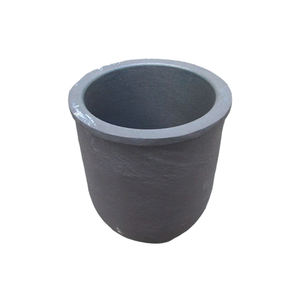Professional industry ceramic supplier, silicon nitride, silicon carbide, aluminum nitride and any other kinds of ceramics.
PRODUCT PARAMETERS
Description
Overview of SiSiC Rbsic sintering silicon carbide crucibles ceramic sagger for test
SiSiC Rbsic sintering silicon carbide crucibles ceramic sagger for test ceramics are a class of ultra-high-performance materials known for their exceptional thermal conductivity, outstanding mechanical properties, and superior chemical stability. They excel in the most demanding environments involving extreme temperatures, wear, and corrosive agents. This combination of properties makes SiC ceramics indispensable for advanced applications in aerospace, energy, automotive, and industrial processing.
Features of SiSiC Rbsic sintering silicon carbide crucibles ceramic sagger for test
-
Exceptional Thermal Conductivity: Facilitates excellent heat dissipation, outperforming many metals and most other ceramics.
-
High-Temperature Strength: Maintains remarkable mechanical strength and creep resistance at temperatures up to 1650°C.
-
Superior Wear & Abrasion Resistance: Offers extreme hardness, making it ideal for wear-prone components like seals, nozzles, and liners.
-
Excellent Chemical Inertness: Highly resistant to oxidation and attack by acids, alkalis, and molten metals.
-
High Thermal Shock Resistance: Withstands rapid temperature changes without cracking or degrading.
-
Semiconductor Properties: Used extensively in high-power, high-frequency electronic devices.
Specification of SiSiC Rbsic sintering silicon carbide crucibles ceramic sagger for test
SiSiC Rbsic sintering silicon carbide crucibles are ceramic saggers built for demanding lab tests. They handle very high temperatures. You can use them reliably up to 1600°C. They resist thermal shock well. This means they won’t crack easily from sudden temperature shifts. This is important for heating and cooling cycles in testing.
These crucibles are made from silicon carbide. The SiSiC type uses sintered silicon carbide. The Rbsic type uses recrystallized silicon carbide. Both types are very strong. They offer excellent mechanical strength. They resist wear and abrasion effectively. This makes them tough for repeated lab use.
Chemical stability is another key feature. The crucibles stand up to harsh acids and bases. They resist corrosion well. This is crucial when testing reactive materials. You don’t want the crucible contaminating your sample. Their purity helps prevent unwanted reactions.
The material has low porosity. This creates a dense barrier. It stops gases and liquids from passing through. This protects your test materials inside. The crucibles also have good thermal conductivity. Heat spreads evenly throughout them. This ensures uniform heating of your samples.
These properties make SiSiC Rbsic crucibles ideal for sintering processes. They are perfect for firing ceramics and advanced materials. Labs use them for testing powders and compounds under high heat. They are essential tools for material research and development.
Applications of SiSiC Rbsic sintering silicon carbide crucibles ceramic sagger for test
SiSiC and RBSIC sintering silicon carbide crucibles serve critical roles in demanding lab testing. These ceramic saggers handle extreme heat and harsh conditions well. Material scientists and engineers rely on them heavily. Their primary job involves holding samples during high-temperature tests. Common applications include sintering powders, firing ceramics, and heat treating metals. They are essential for developing new materials.
These crucibles withstand temperatures far beyond most metals. They resist sudden temperature changes effectively. This thermal shock resistance prevents cracking during rapid heating or cooling cycles. Labs value this reliability. Chemical stability is another major advantage. SiSiC/RBSIC crucibles resist attack from acids, bases, and molten salts. This inertness keeps test samples pure. Contamination from the crucible material itself is minimal. Results stay accurate.
Researchers use them for crystal growth experiments. They contain molten materials safely. Battery material testing frequently uses these saggers. They handle the aggressive chemistries involved in lithium-ion cathode and anode development. Crucible integrity is vital here. Metallurgists employ them for alloy testing and metal purification studies. The crucibles survive contact with molten metals. Their long lifespan reduces lab costs. Replacing cheaper crucibles often gets expensive and disruptive.
Quality control labs depend on them for consistent product firing tests. Precise dimensional stability ensures repeatable results. The material doesn’t warp significantly under load at high temperatures. This dimensional accuracy matters for standardized testing protocols. SiSiC/RBSIC crucibles also work well in controlled atmosphere furnaces. They perform reliably under inert gas or vacuum conditions. Handling is straightforward due to their inherent strength. They resist chipping and breakage during daily use. This toughness translates directly to lab efficiency and safety.
Company Profile
Tanki New Materials Co.Ltd. focus on the research and development, production and sales of ceramic products, serving the electronics, ceramics, chemical and other industries. Since its establishment in 2015, the company has been committed to providing customers with the best products and services, and has become a leader in the industry through continuous technological innovation and strict quality management.
Our products includes but not limited to Aerogel, Aluminum Nitride, Aluminum Oxide, Boron Carbide, Boron Nitride, Ceramic Crucible, Ceramic Fiber, Quartz Product, Refractory Material, Silicon Carbide, Silicon Nitride, ect. please feel free to contact us.

Payment Methods
T/T, Western Union, Paypal, Credit Card etc.
Shipment Methods
By air, by sea, by express, as customers request.
5 FAQs of SiSiC Rbsic sintering silicon carbide crucibles ceramic sagger for test
What are SiSiC RBSC sintering crucibles?
These are special ceramic containers made from silicon carbide. They are formed using a reaction bonding process. This makes them very strong and tough. They hold materials during high heat tests in labs or factories.
How hot can these crucibles get?
They handle extreme temperatures well. Most work safely up to 1600°C (2912°F). Some types withstand even 1700°C (3092°F). Always check the specific grade’s rating before use.
Why pick SiSiC RBSC over other crucibles?
They last much longer than many alternatives. Their key strength is resisting thermal shock. Sudden temperature changes won’t easily crack them. They also resist chemical attack from many molten materials. This toughness saves money over time.
Any special care needed when using them?
Handle them carefully. Avoid hard knocks or drops. Don’t expose a cold crucible directly to high heat. Ramp the temperature up gradually. Let them cool down slowly too. Avoid thermal shock. This prevents cracks.
How do I clean them after use?
Remove leftover material once cool. Sandblasting works well for stuck residues. Chemical cleaning baths might be needed for some deposits. Always follow safety rules for chemicals. Inspect the crucible carefully for cracks before reuse. A damaged crucible can fail unexpectedly.
REQUEST A QUOTE
RELATED PRODUCTS
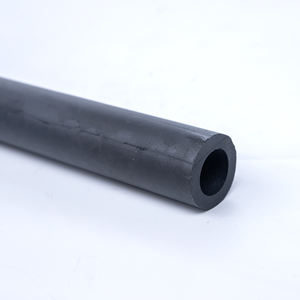
High Purity Boron Carbide/Silicon Carbide Ceramic Balls B4c Ball
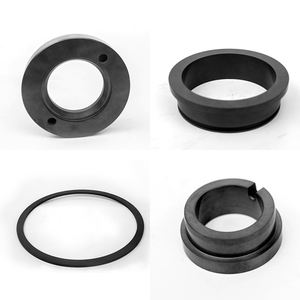
Kiln Furnitures Sic Beams High Temperature Resistance Beams Silicon Carbide Beams for Semiconductor Wafer Loading for Ceramic Porcelain Furnace
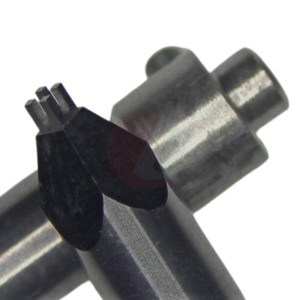
Professional Factory High Temperature Resistance Silicon Carbide Ceramic
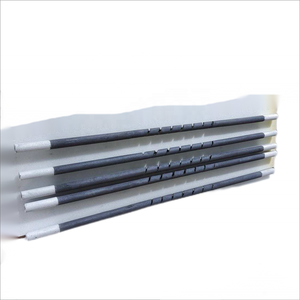
High Hardness Ssic Sic Silicon Carbide Ceramic Plate Tiles for Refractory Industry
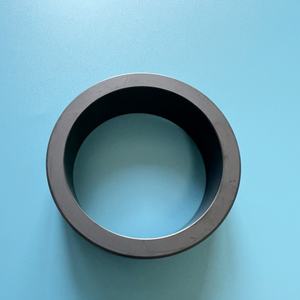
Sic Cascade Rings Silicon Carbide Ceramic Ring


